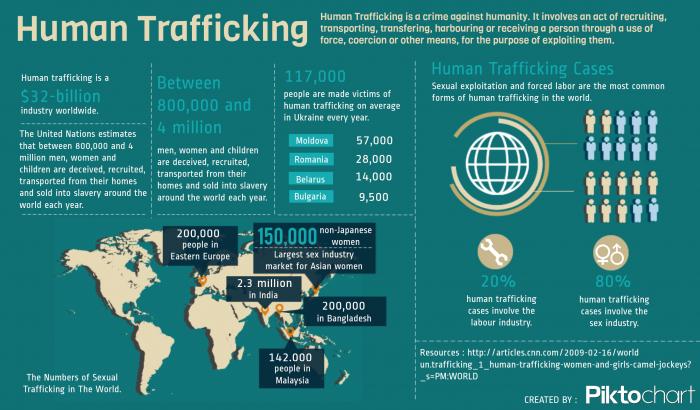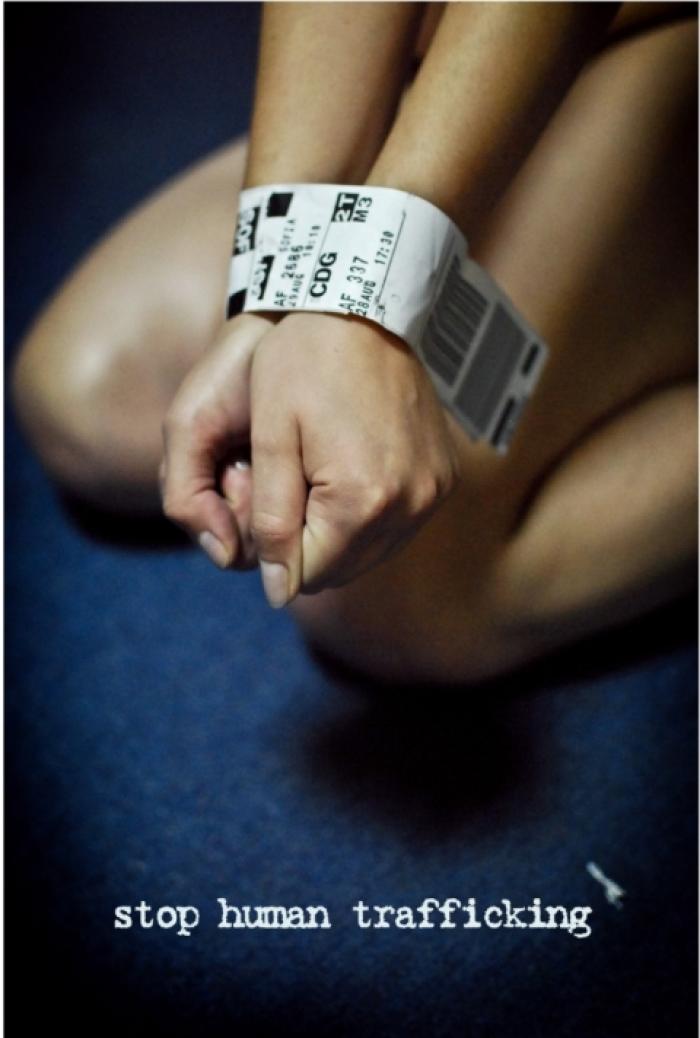
In section: Solidarity-Justice

By virtue of the criminal code, it is illegal to:
 Other articles in the section Solidarity-Justice
Other articles in the section Solidarity-Justice
Silent Vigil against Human Trafficking
Why this vigil being held?
On February 22, 2007, the Members of Parliament unanimously adopted the following motion:
“That…the trafficking of women and children between countries with the purpose of sexual exploitation must be condemned and that the House demand that the government immediately adopt a global strategy to fight against human trafficking in the world.”
We want the Canadian Government to remember this commitment in its response to the Supreme Court’s ruling on prostitution.
Come out in large numbers!!!
Thank you for letting us know by email if you will attend: 22fevrier@cathii.org
For those who can’t be there, please take a moment of silence at the same time so as to be in solidarity with the victims of human trafficking.

World Chart on human trafficking
Context
In recent years, the Superior Court of Canada and the Court of Appeal for Ontario have declared certain articles in the Criminal Code, which prohibit prostitution in a bawdy-house and soliciting sex in public, unconstitutional. These two tribunals have also declared the articles which criminalize living off the profits of another’s prostitution, unconstitutional.
By virtue of the criminal code, it is illegal to:
. exploit or use as owner, landlord, lessor, tenant, occupier, agent or otherwise having charge or control of any place, knowingly permits the place or any part thereof to be let or used for the purposes of a common bawdy-house; (art. 210)
. live wholly or in part on the avails of prostitution; (art. 212)
. to solicit in a public place or in any place open to public view (art. 213)
. to solicit in a public place or in any place open to public view (art. 213)
On December 2013, the Supreme Court of Canada struck down the articles in the Criminal Code which deal with prostitution. In a unanimous decision, the highest court in the country declared the three articles to be unconstitutional because they go against article 7 in the Canadian Charter of Rights and Freedom, which guarantees the “right to life, liberty, and security of the person”.
However, the Court suspended the application of its decision for a year so as to allow Ottawa to revise the Criminal Code, if they judge it to be necessary.

What we are asking
The members of CATHII deplore that this judgement legalizes sexual exploitation without taking into account the social and economic context, and the inequalities between men and women which still exist today.
CATHII considers prostitution as violence and a form of exploitation of which women are the main victims. Even more, it considers that this demand is the foremost cause of human trafficking, whether it is in the request for sexual acts of to offer perilous work.
Among the possible solutions to counter human trafficking for sexual exploitation, the Swedish approach is often presented as a model to be followed, because it attacks the demand by punishing those buying sexual services. Penalizing the "clients" is accompanied by the following measures:
. A public campaign to counter the spread of prostitution;
. Programs for awareness aimed at youth and those usually targeted by traffickers;
. Programs to assist women who wish to get out of prostitution.
A part of these measures will help women to get out of violent situations, especially prostitution and will provide them with access to a variety of services: shelters, legal and social counselling, education and professional training, job search.
CATHII considers prostitution as violence and a form of exploitation of which women are the main victims. Even more, it considers that this demand is the foremost cause of human trafficking, whether it is in the request for sexual acts of to offer perilous work.
Among the possible solutions to counter human trafficking for sexual exploitation, the Swedish approach is often presented as a model to be followed, because it attacks the demand by punishing those buying sexual services. Penalizing the "clients" is accompanied by the following measures:
. A public campaign to counter the spread of prostitution;
. Programs for awareness aimed at youth and those usually targeted by traffickers;
. Programs to assist women who wish to get out of prostitution.
A part of these measures will help women to get out of violent situations, especially prostitution and will provide them with access to a variety of services: shelters, legal and social counselling, education and professional training, job search.
We want the Canadian Government to remember this commitment in its response to the ruling by the Superior Court on prostitution.